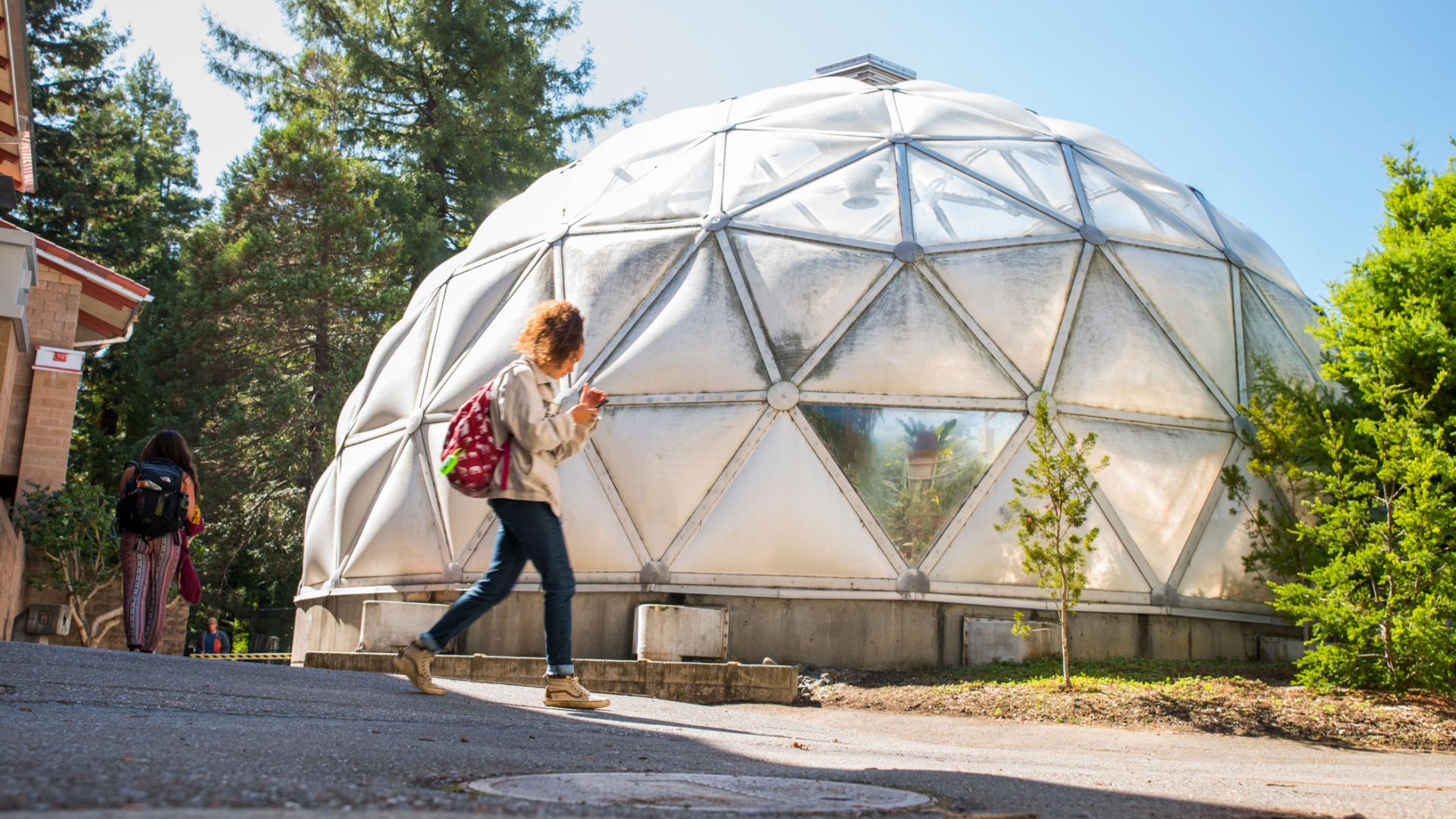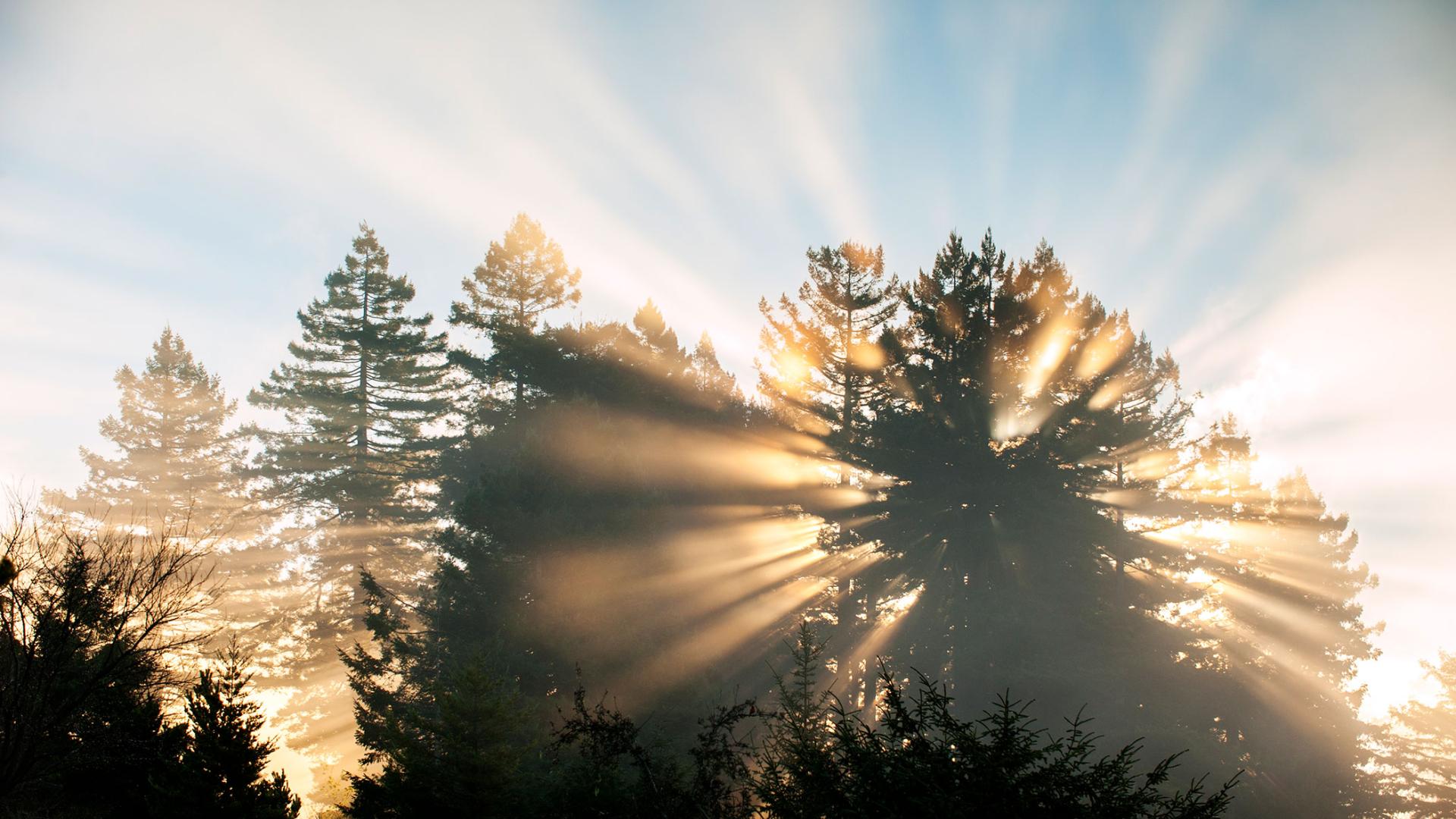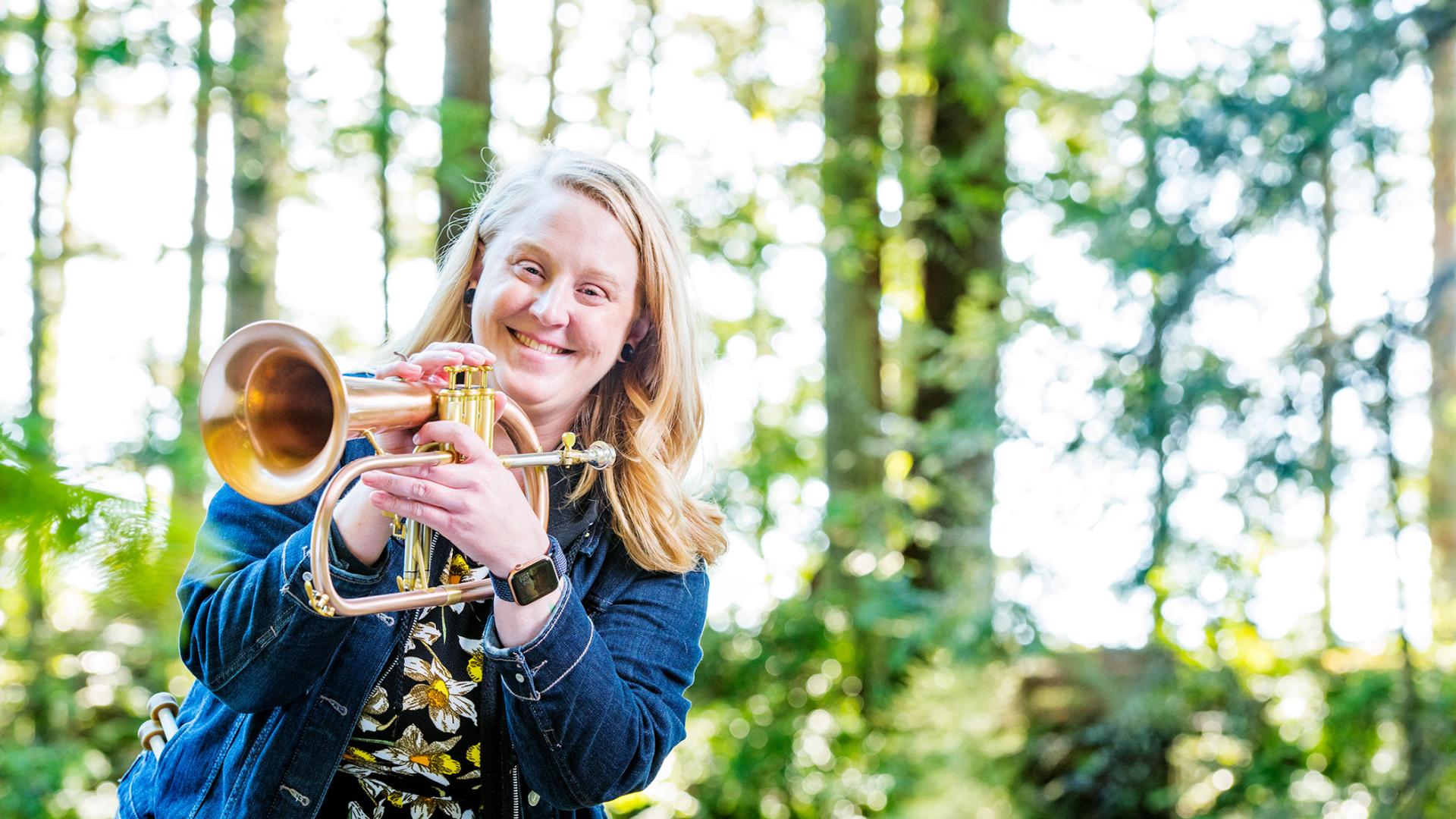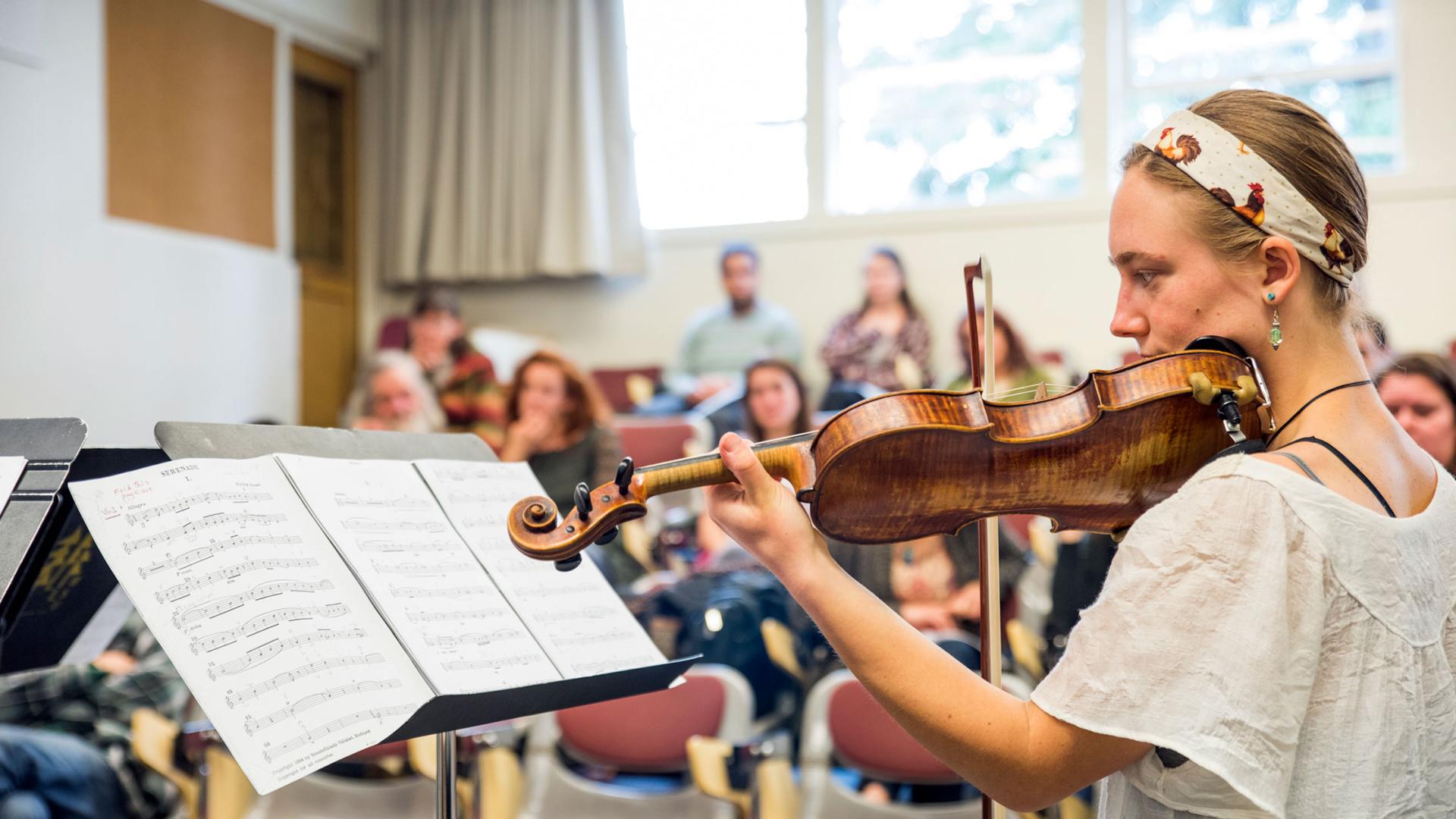Replacement of Rubber Crumb Turf
The above photo demonstrates the migration of the rubber crumb turf off of the field and into the drains and sidelines. This project proposed transitioning from harmful rubber crumb turf on campus fields to a more sustainable and environmentally friendly alternative turf. Implementing this proposed idea will help to limit campus community members' exposure to the harmful chemicals and microplastics that are found in rubber turf. Additionally, it will help to mitigate the turf from entering our campus’ local creeks and drains.
Campus Food Forest
Image courtesy of Permaculture Action NetworkThis project proposes researching food forests and permaculture and looking into ways to implement them into communal food security for campus and/or surrounding communities.
Place Based Learning Practices
This project is an extension of the Ethnobotanical Mapping project (See project page here) and is thus sharing funds. From Karley Rojas, 05/03/2024- "The ‘Place Based Learning Practices Project: a diptych case study of more than human relationality at the tribal and western institutional interface’ is my thesis project, within the Environment and Community graduate program which has adopted the Ethnobotanical Mapping project within its scope.
OZZI Behavior & Barriers Research
This submitter proposed to bring five OZZI box drop n' go bins across campus to increase the return rate of OZZI boxes. The proposed budget for this project was $15,000. The committee decided after careful consideration and communication with Chartwells and other campus entities to not fund the addition of more OZZI box collection receptacles because the company was concurrently planning a $50k investment in upgrading the OZZI program to include three new box receptacles and to integrate C-Card functionality for tracking OZZI tokens.
Jacoby Creek Forest Carbon Inventory
Image courtesy of the City of Arcata (2017).Cal Poly Humboldt (CPH) has an 888-acre forest in Jacoby Creek which sequesters unknown amounts of carbon dioxide from the atmosphere. To quantify this carbon uptake, the “University Forest Carbon Sinks” project proposes to conduct ongoing data collection, inventory, and calculation of carbon stored in trees. When measured according to protocol, carbon sequestration data can be used to offset carbon emissions coming from energy used on campus. This work will be done by experienced field trained student employees.





